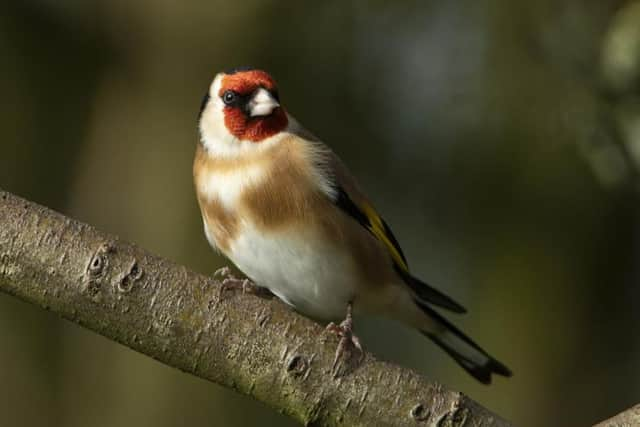RSPB NI: New neighbours – helping wildlife this nesting season


It’s my absolute favourite time of the year, with the beautiful sound of birdsong waking me every morning and soon it will be joined by the sounds of baby birds chirping.
In spring, birds are beginning to choose the best places to build nests and raise their young. If you’re lucky one of those spots could be in your garden; they love hedges and bushes for creating safe spaces for their future families. If you do happen to spot a nest in your garden, it’s best to try not to disturb them and make sure to keep family pets away from nest spots so as not to startle them.
Advertisement
Hide AdAdvertisement
Hide AdIt’s a busy time of year for our wildlife, and there are a few things we can do to help them out. I have my nest boxes already cleaned out ready for a new family to move in and I can’t wait to see who chooses it this year. Last year I was thrilled to find some Goldfinches nesting in the alcove above my front door, which made for a beautiful sight flying past the front window when the parents were out looking for food.
One of the other things you can do is to prepare your garden for migratory birds this month. Set up your bird feeding station and don’t forget that all important water. Did you know that different types of food and perches will attract different species? If you’re wanting to attract birds like Goldfinches, they really love Nyjer seeds! Hanging birds feeders filled with seeds are usually busy with Robins, House Sparrows and Greenfinches, with peanuts bringing Sparrows, Starlings and Chaffinches.
It's quite common to find birds nesting in or around houses, and if they are entering the eaves, it’s mostly likely to be Starlings or House Sparrows, although if its towards the end of April or May, it could even be Swifts as this is when they are migrating from Africa to Europe. Unless you believe the birds to be trapped, you should leave well alone, and let them come and go as they build their nest and raise their young. It’s important to note that active nests are protected under the Wildlife (Northern Ireland) Order, and it’s an illegal offence to destroy or disturb all nests regardless of its contents, the time of year or location of the nest.
If you’d like to find out more about nesting birds or need help figuring out what bird might be nesting in your garden make sure to visit the RSPB website, which has a host of information and tips. www.rspb.org.uk
Comment Guidelines
National World encourages reader discussion on our stories. User feedback, insights and back-and-forth exchanges add a rich layer of context to reporting. Please review our Community Guidelines before commenting.